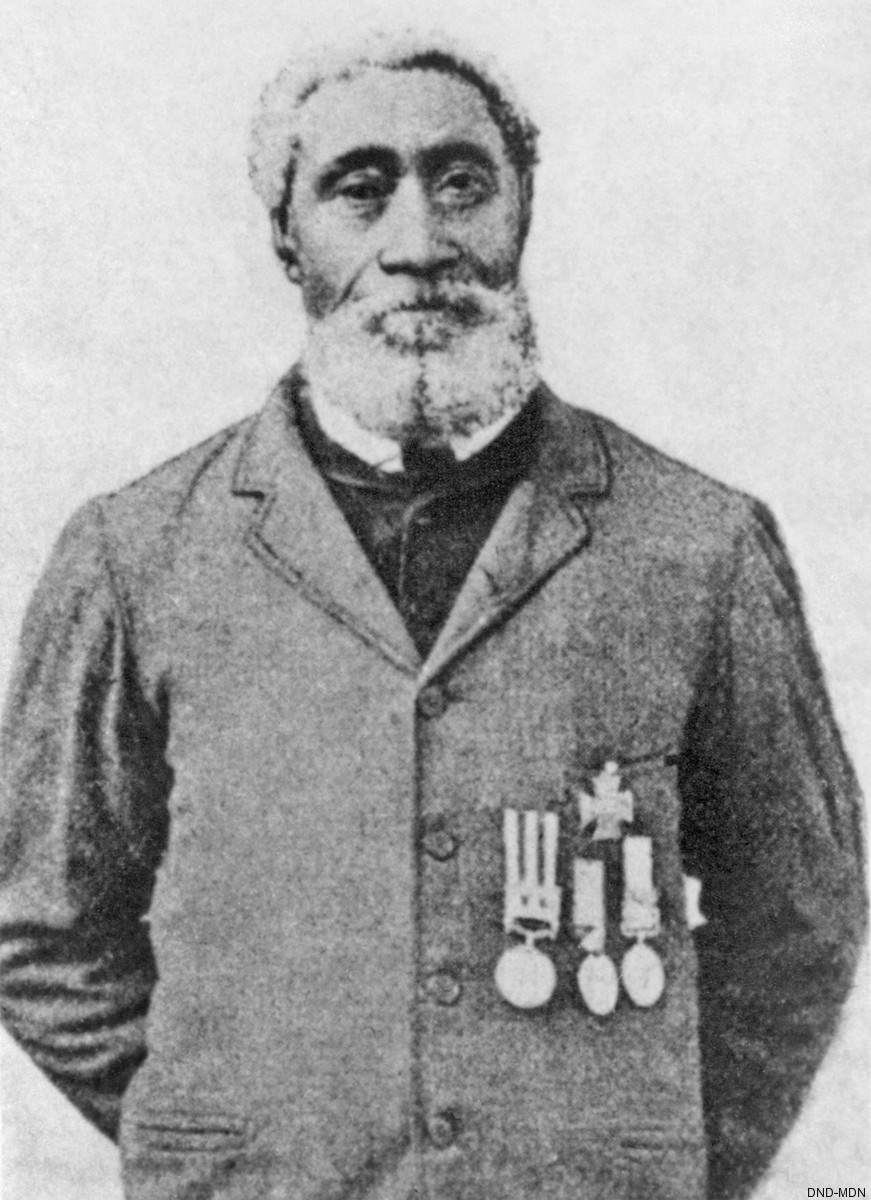 |
||
|
HOME
|
US Navy -
ships
|
US Navy - air
units
|
USMC - air
units
|
International
Navies
|
Weapon Systems
|
Special Reports |
||
|
Royal Canadian Navy - Marine Royale
Canadienne - Arctic and Offshore Patrol Vessel AOPV 433 HMCS William Hall |
||
|
||
| 03/24 | ||
|
Type,
class: Harry DeWolf class Arctic and Offshore Patrol
Vessel / AOPV Builder: Irving Shipbuilding Inc., Halifax, Nova Scotia, Canada STATUS: Ordered: - Laid down: February 17, 2021 Launched: November 27, 2022 Commissioned: ? outfitting + trials Homeport: ? Namesake: PO William Nelson Edward Hall (1910-1974) Ship's Motto: NEC TIMEMUS NEC VACILLAMUS (we do not fear or falter) Technical Data: see INFO > Harry DeWolf class AOPV |
||
| images | ||
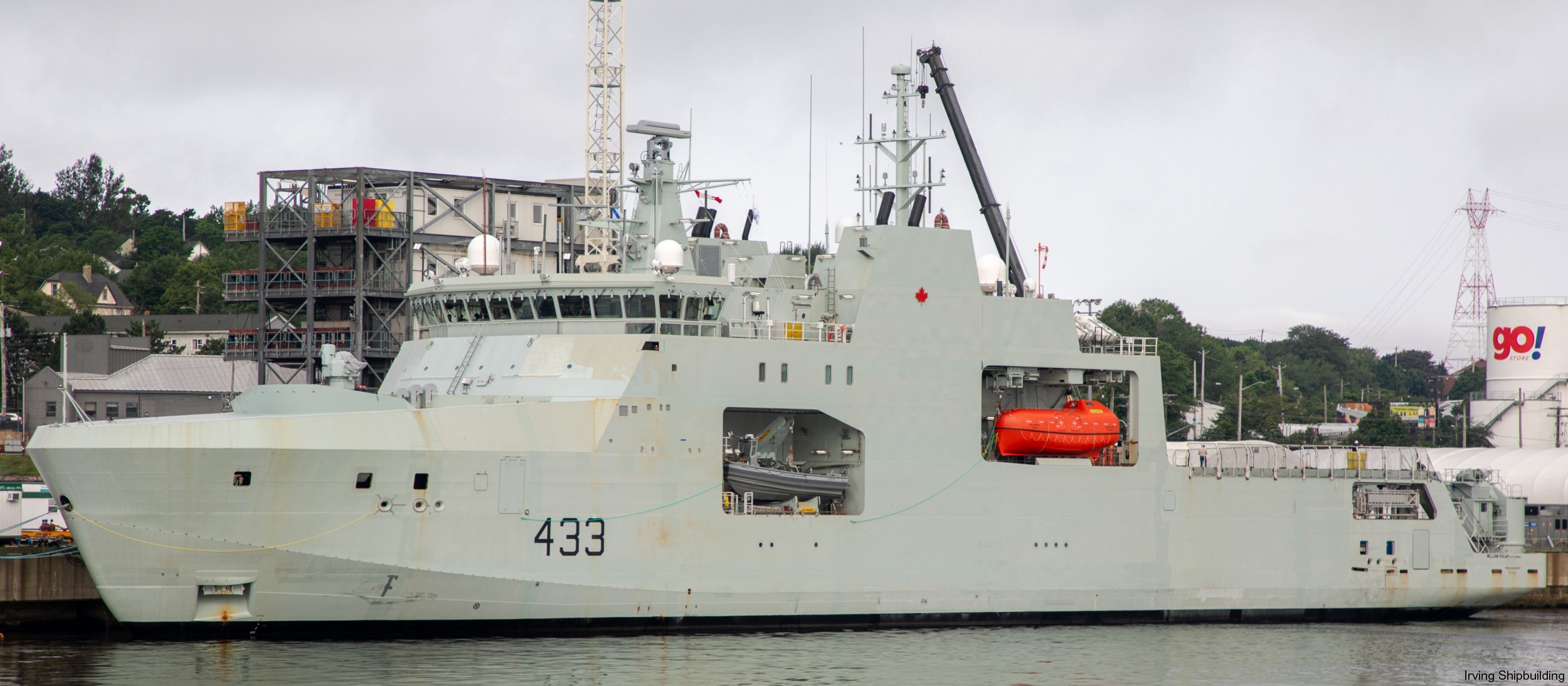 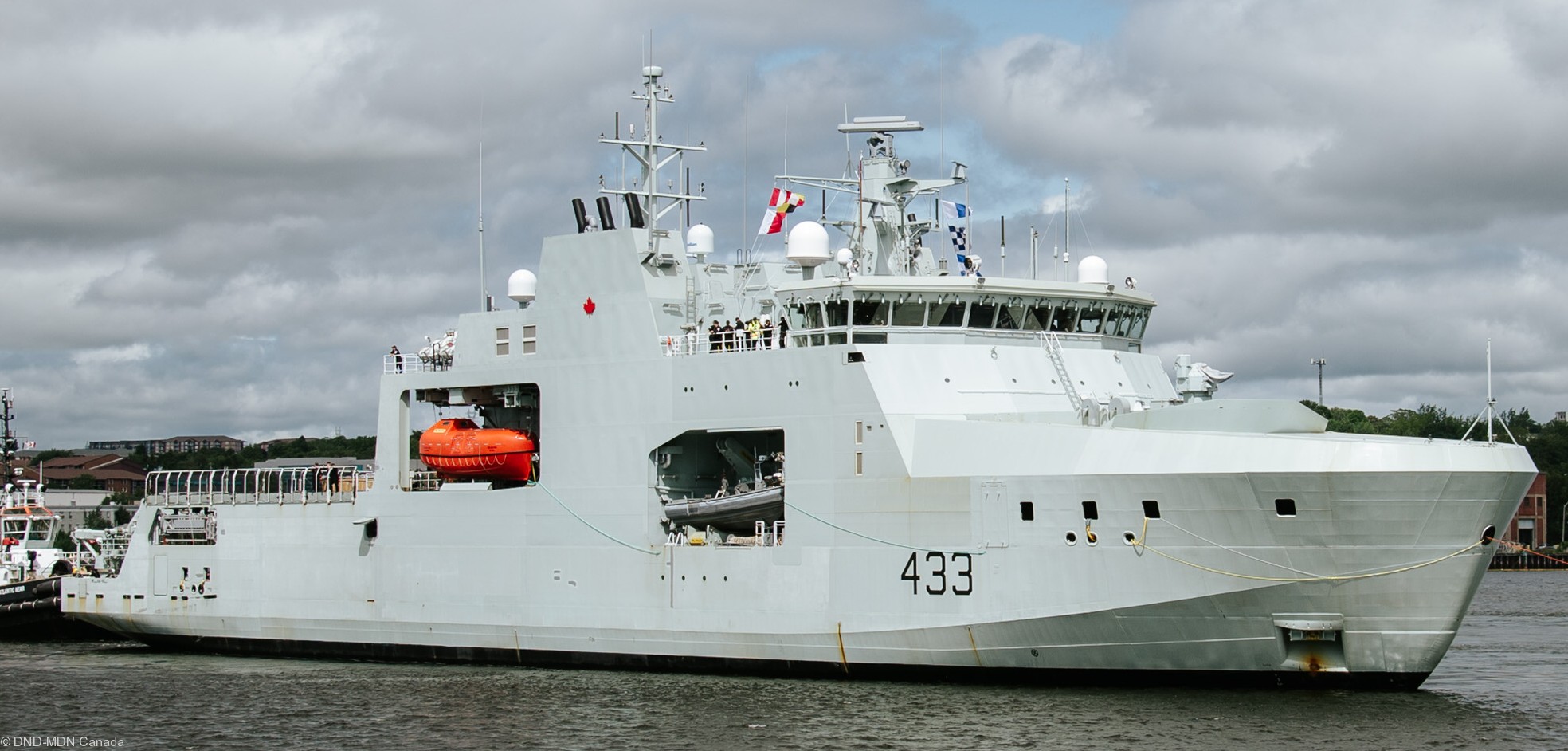 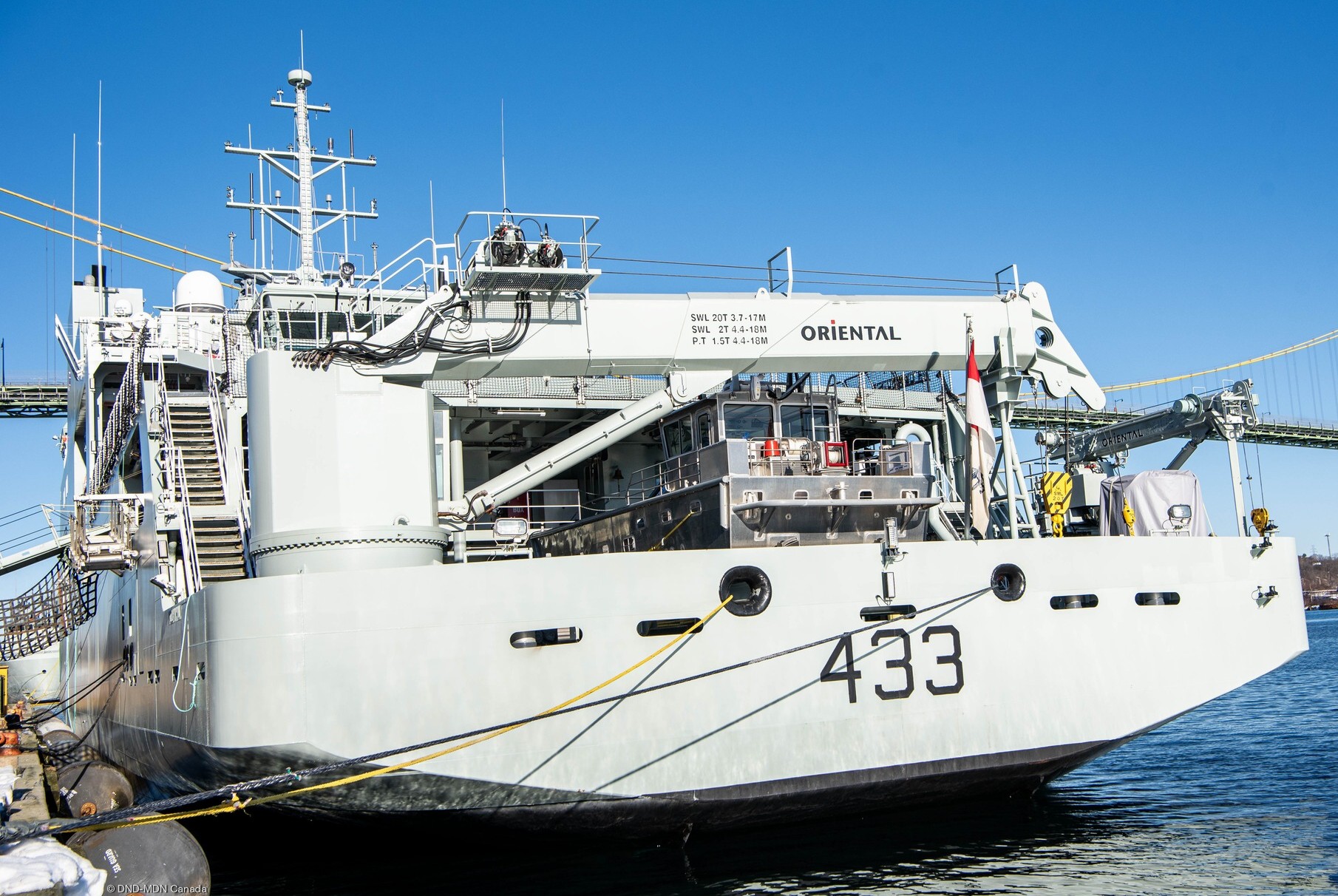 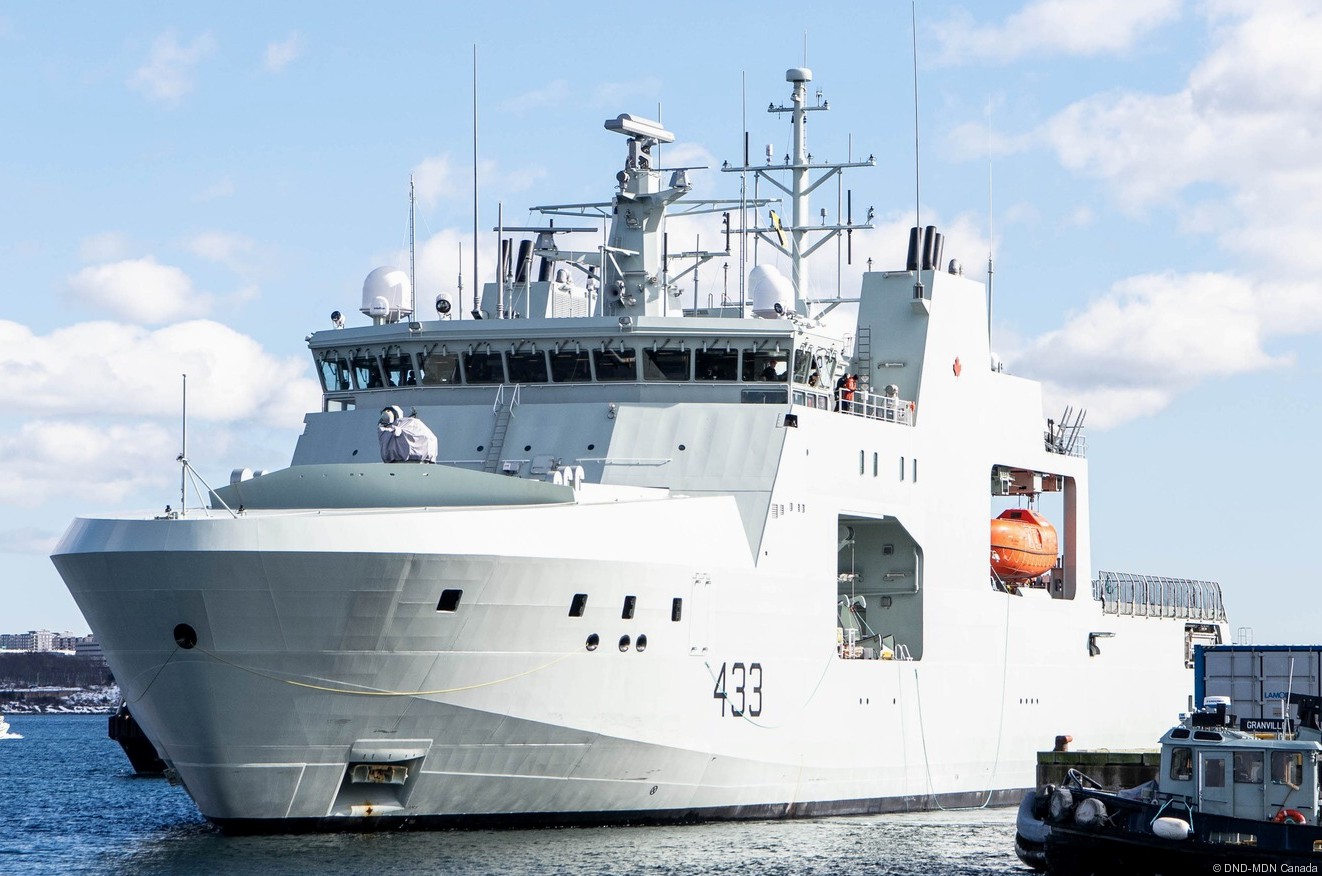 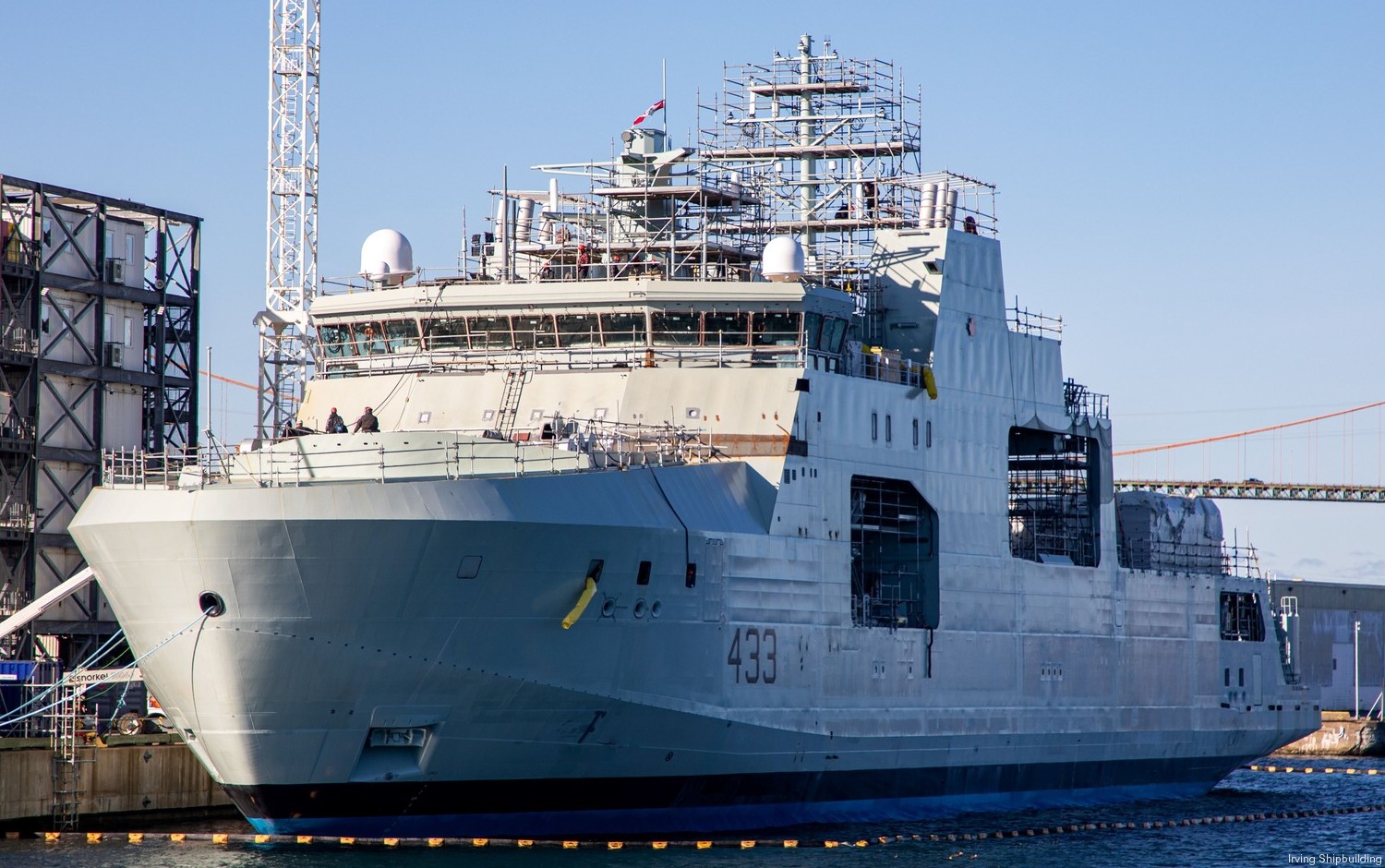 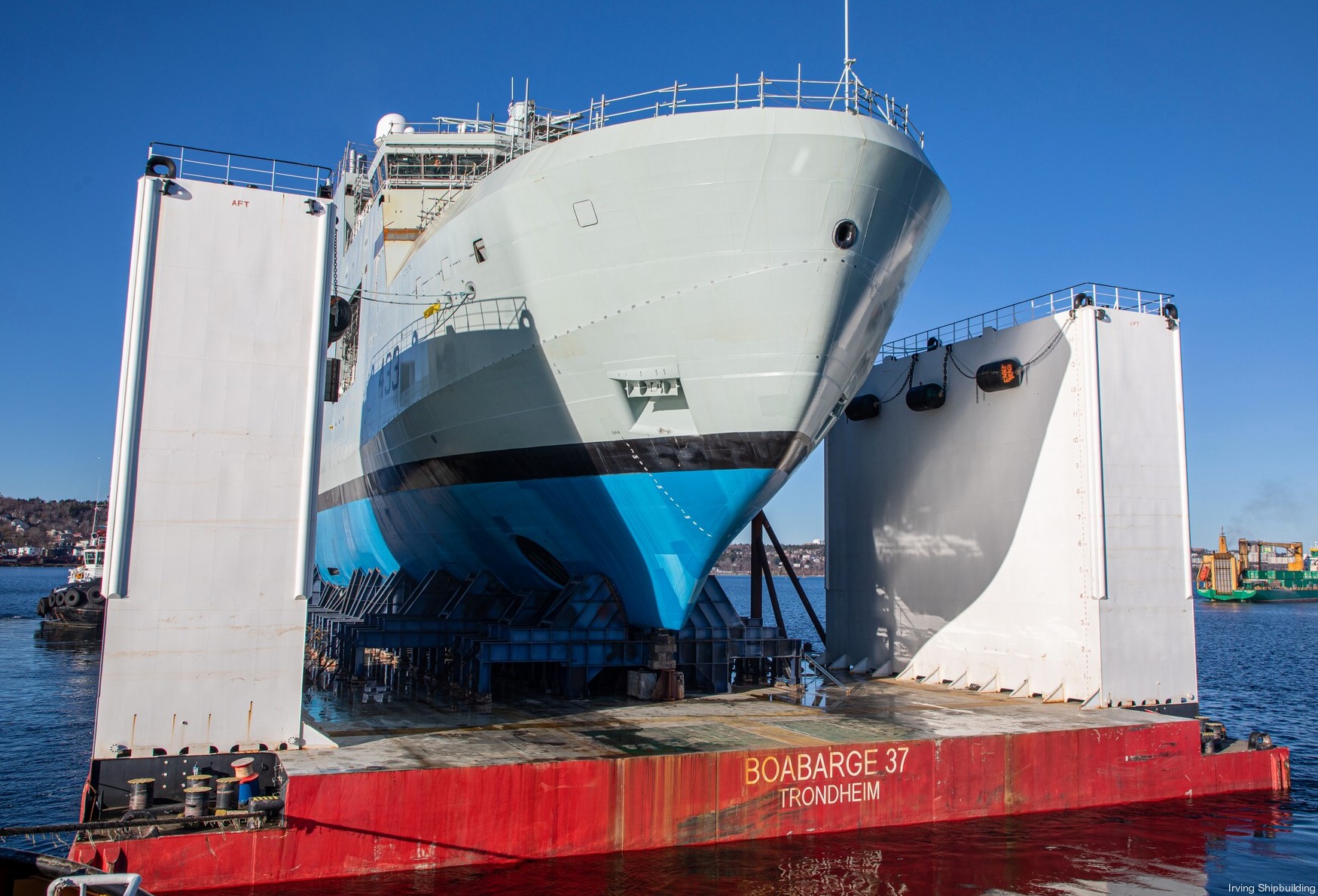 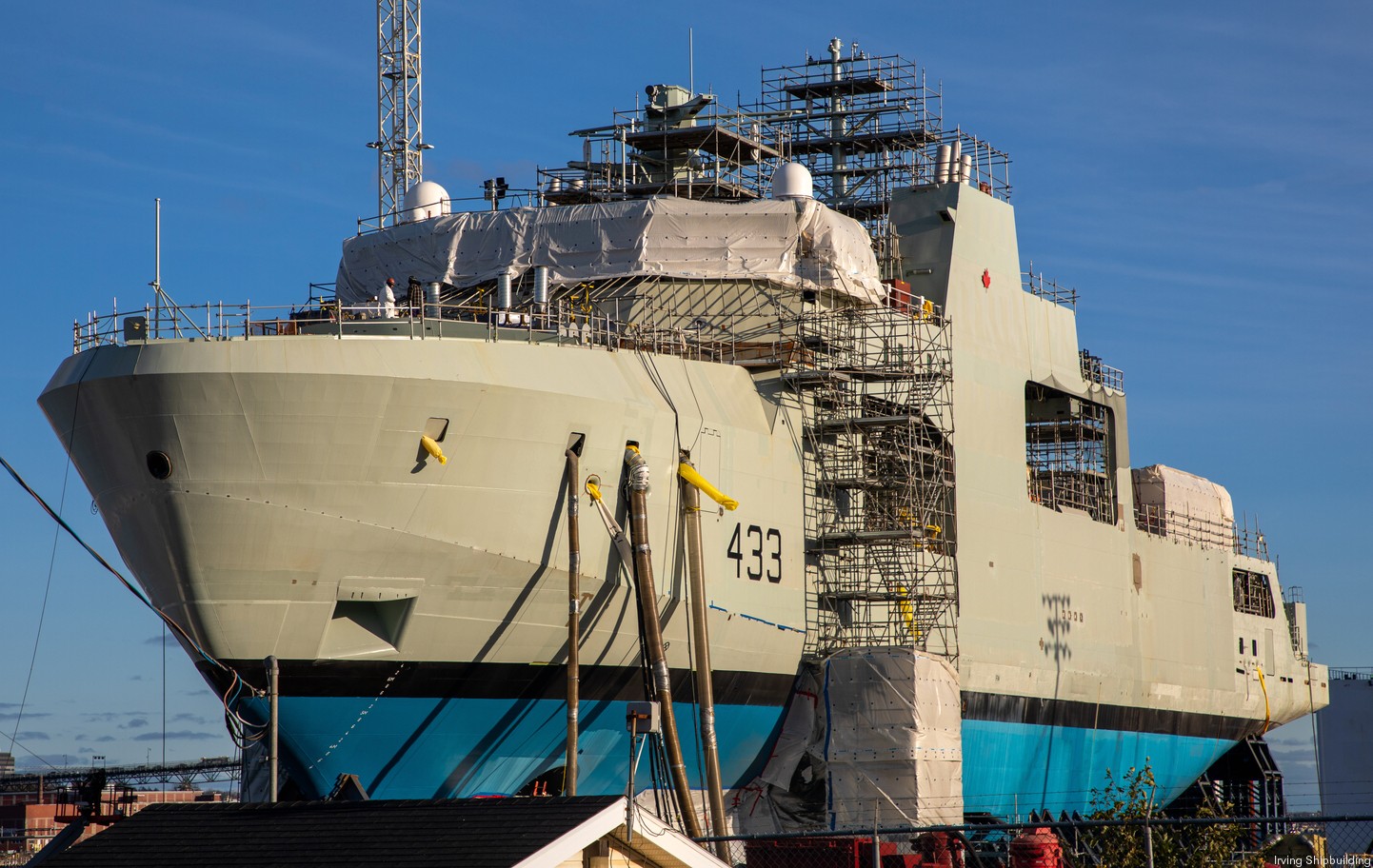 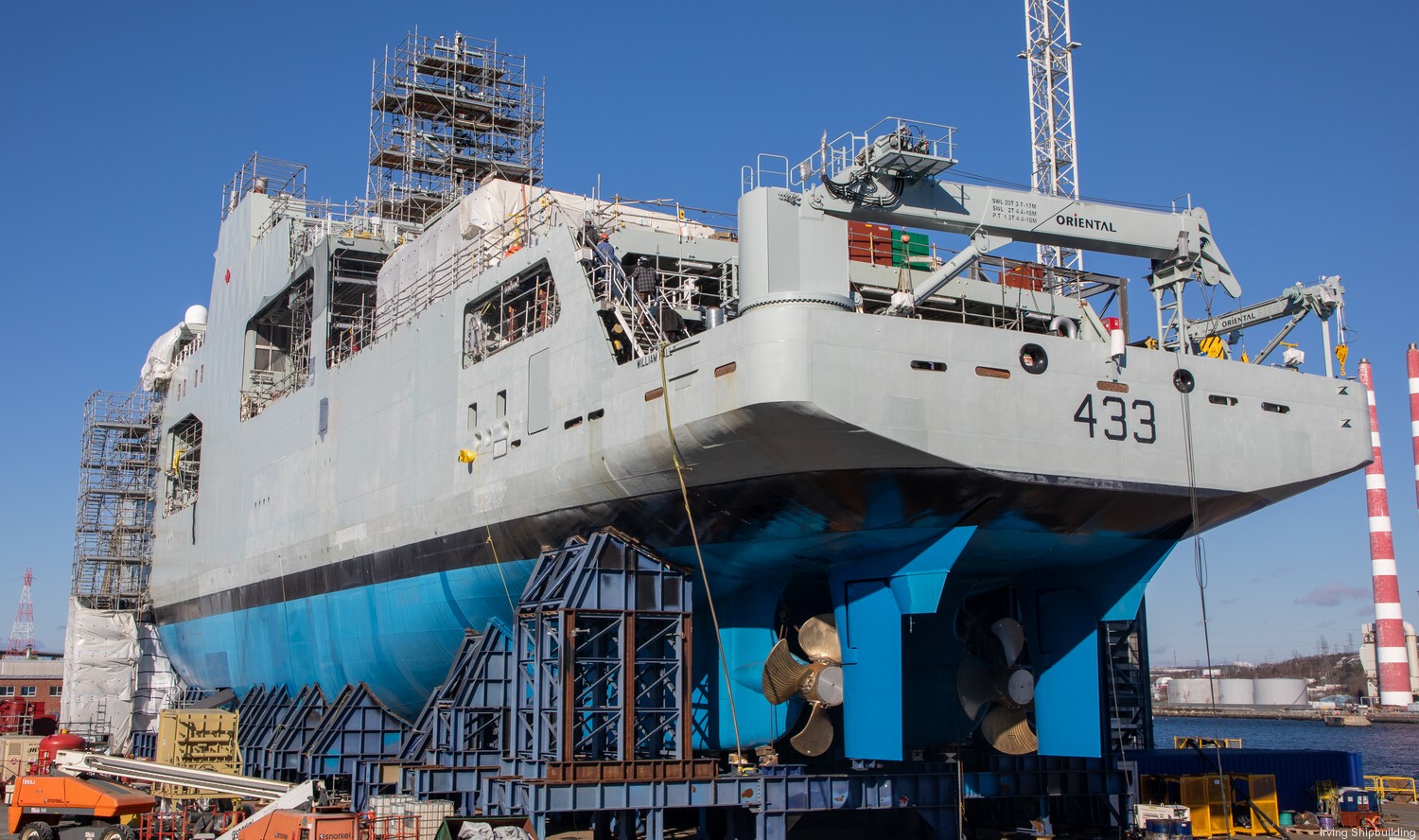 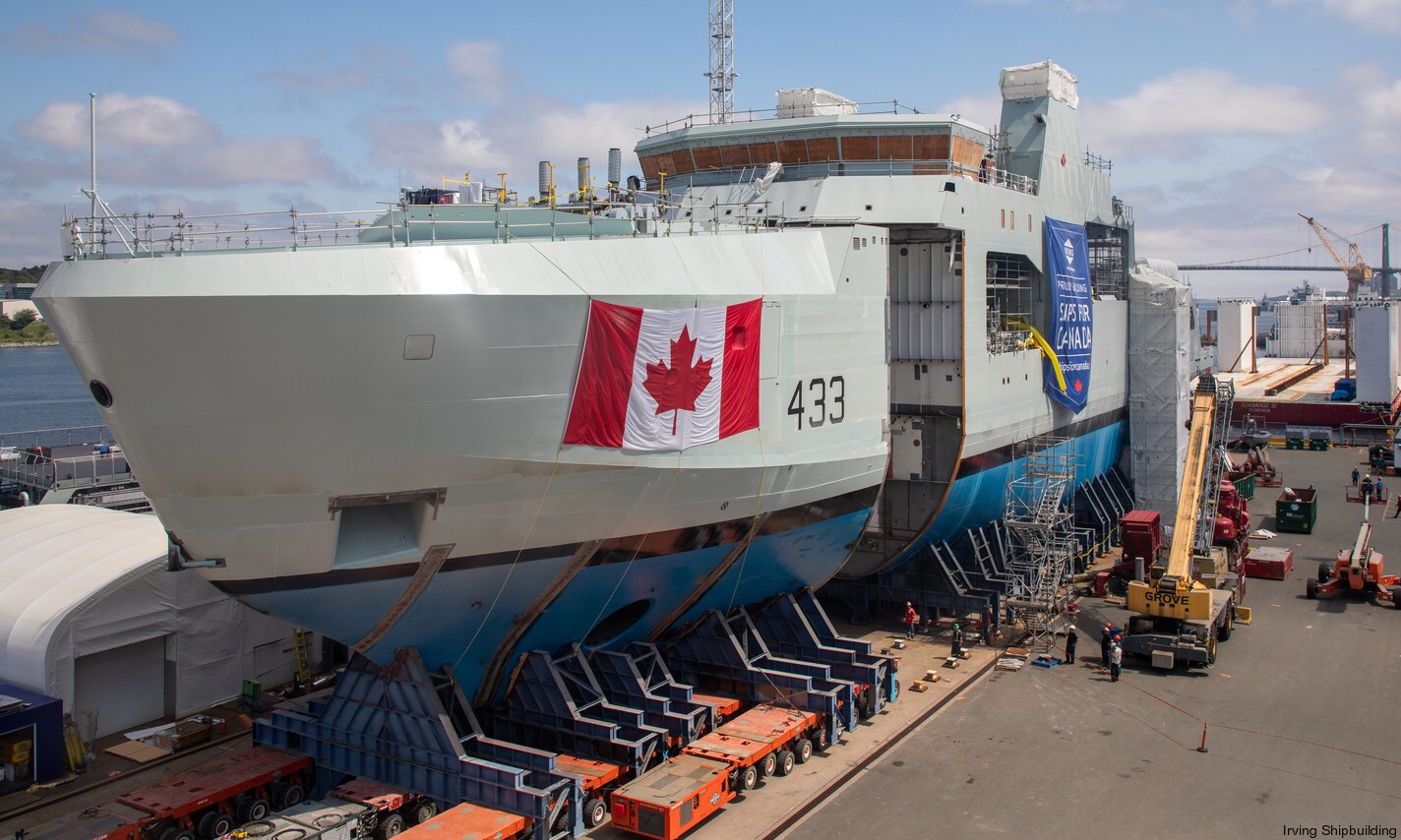 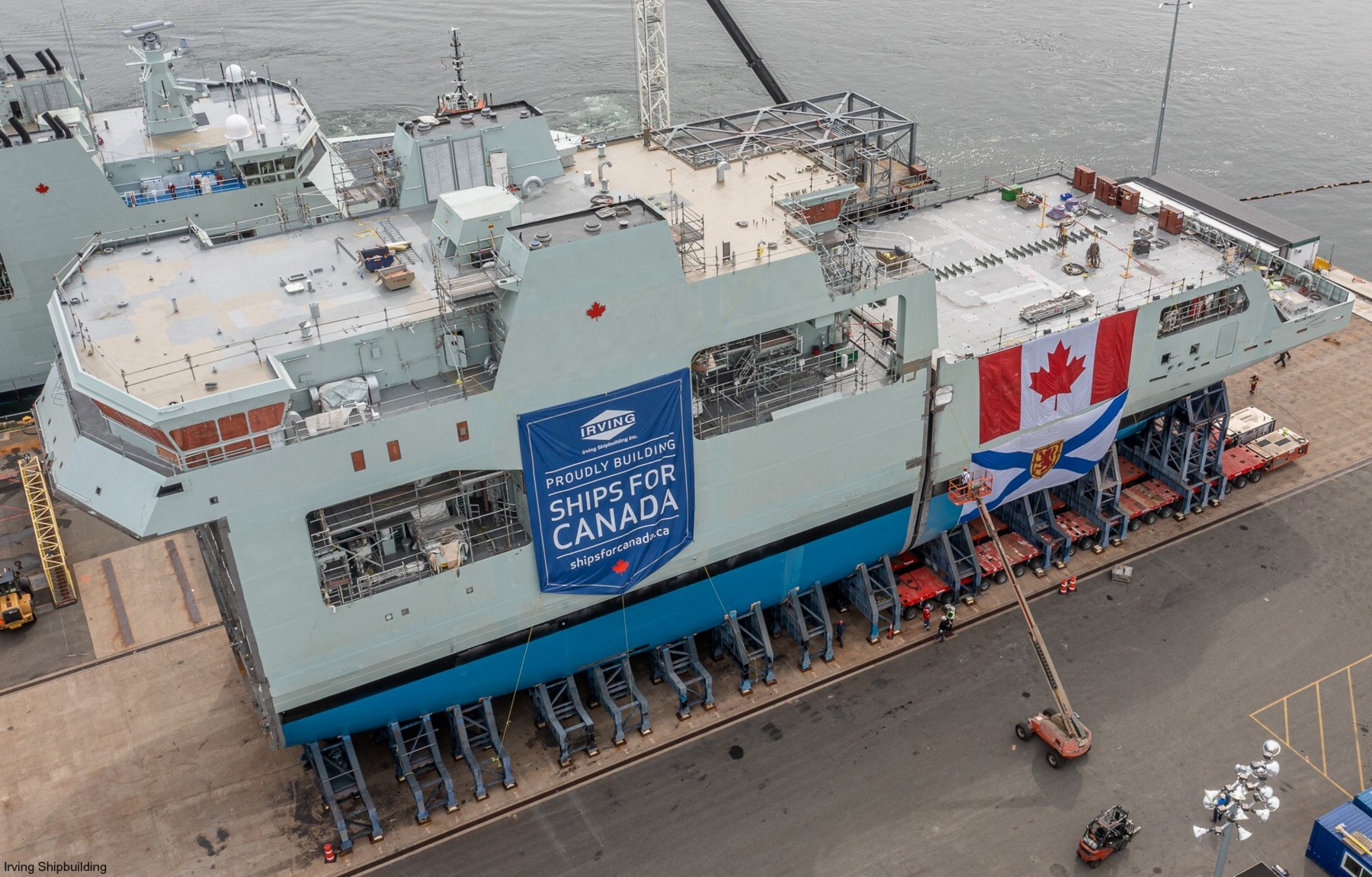 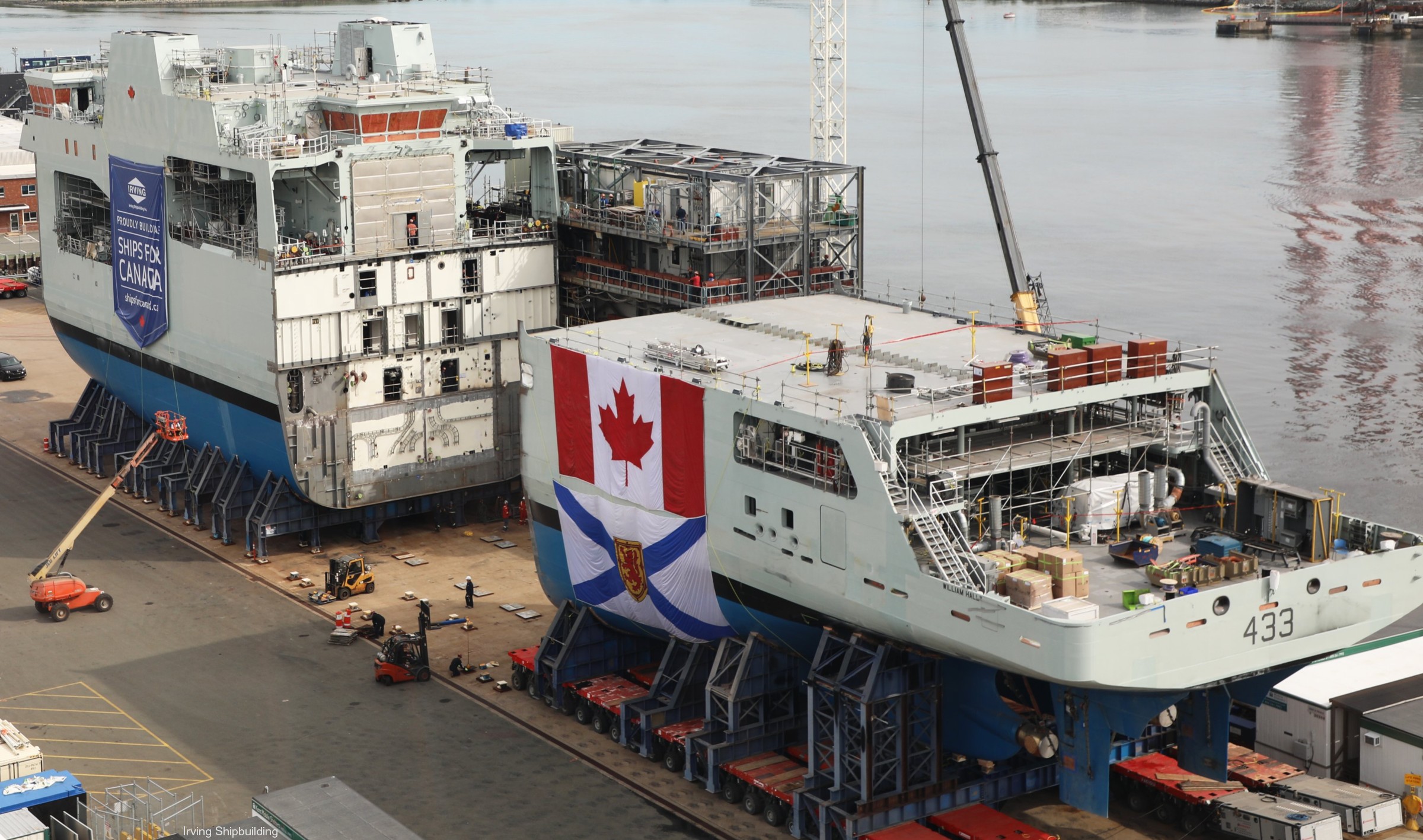 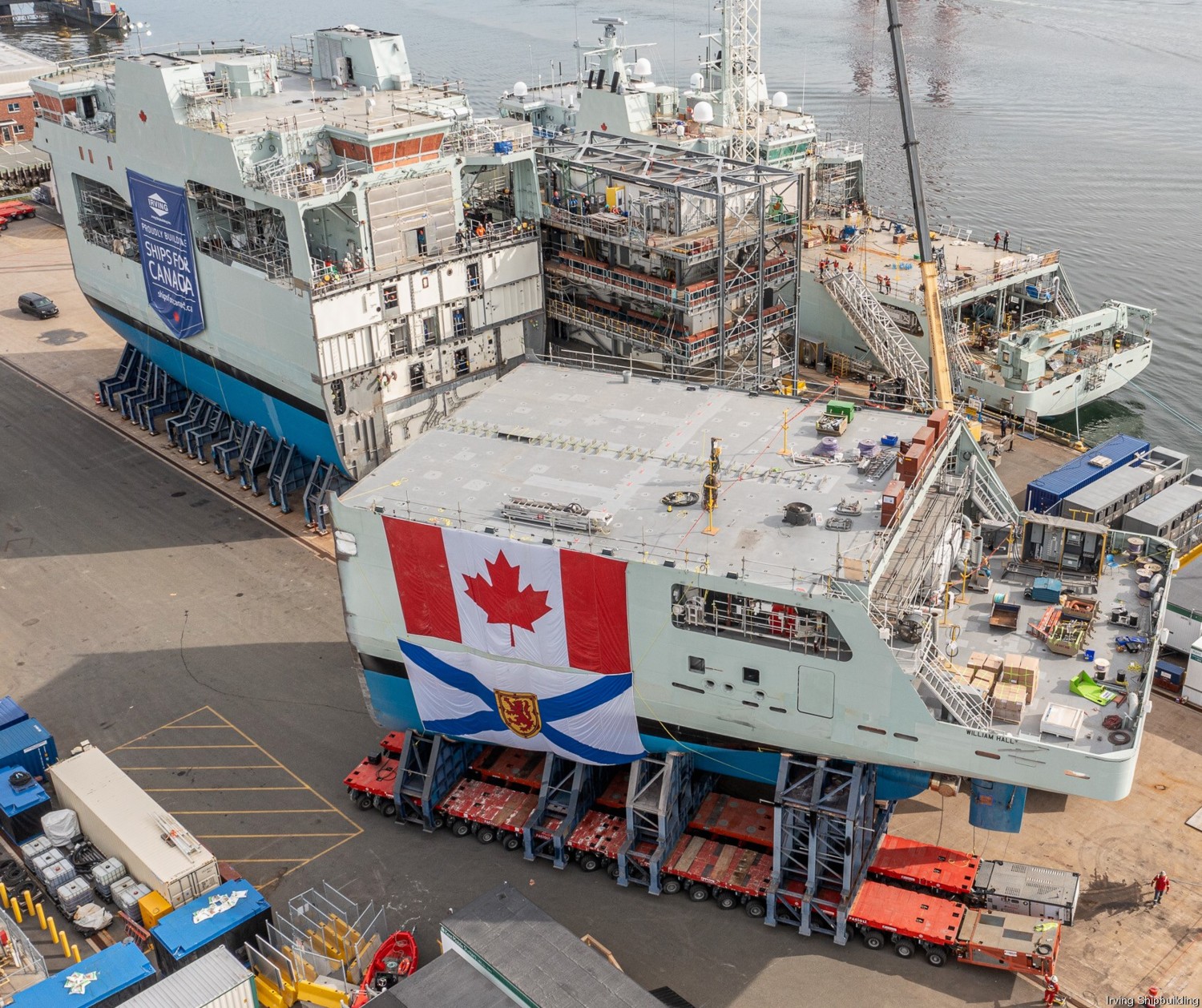 |
||
|
HMCS William Hall (AOPV 433): |
||
|
William Nelson Edward Hall (28
April 1827 - 27 August 1904) ... was the first Black person, first Nova Scotian, and third Canadian to receive the Victoria Cross. He received the medal for his actions in the 1857 Siege of Lucknow during the Indian Rebellion. Hall and an officer from his ship continued to load and fire a 24-pounder gun at the walls after the rest of the party had been killed or injured by the defenders. Early life: William Edward Hall was born at Horton, Nova Scotia, in 1827 as the son of Jacob and Lucy Hall, who had escaped American slave owners in Maryland during the War of 1812 and were brought to freedom in Nova Scotia by the British Royal Navy as part of the Black Refugee movement. The Halls first lived in Summerville, Nova Scotia where Jacob worked in a shipyard operated by Abraham Cunard until they bought a farm across the Avon River at Horton Bluff. Hall first worked in shipyards at nearby Hantsport, Nova Scotia, before going to sea at the age of seventeen. He sailed first on merchant ships based out of the Minas Basin including the barque Kent of Kentville, Nova Scotia. Naval career: Hall briefly served in the United States Navy from 1847 to 1849, during the Mexican–American War. He served for a time aboard USS Ohio alongside John Taylor Wood, who later supported Hall's US Navy pension claim. Hall volunteered for the Royal Navy in February 1852, serving at first aboard HMS Rodney. Hall fought in the Crimean War serving ashore in a Naval Brigade from Rodney at the battles of Inkerman and Sevastopol in 1854. After a brief tour on HMS Victory, Hall transferred to the screw frigate HMS Shannon, where he became captain of the foretop. When the Indian Mutiny broke out in May 1857, Shannon was among the fleet escorting a troop detachment to China. Upon arrival at Singapore, news of the situation in India reached the fleet, however the fleet completed its mission, arriving at Hong Kong. There, Shannon was ordered to Calcutta (since renamed Kolkata). A brigade from Shannon, comprising 450 men, was constituted under Captain William Peel. The ship was towed over 600 miles (970 km) up the Ganges River to Allahabad. Then the force fought across country to Campbell's headquarters at Cawnpore and were in time to take part in the Siege of Lucknow. Relief of Lucknow: On 16 November 1857 at Lucknow, India, naval guns were brought up close to the Shah Nujeff mosque, one of the key locations in the siege. One of the gun crews was short a man and Hall volunteered to fill out the position. The gun crews kept up a steady fire in an attempt to breach and clear the walls, while a hail of musket balls and grenades from the opposing fighters inside the mosque caused heavy casualties. After having little effect on the walls, two guns were ordered closer. Of the crews, only Able Seaman Hall and Lieutenant Thomas James Young, the battery's commander, were able to continue fighting, all the rest having been killed or wounded, and between them they loaded and served the last gun, which was fired at less than 20 yards (18 m) from the wall, until it was breached. The joint citation in the London Gazette reads: Lieutenant (now Commander) Young, late Gunnery Officer of Her Majesty's ship " Shannon," and William Hall, "Captain of the Foretop," of that Vessel, were recommended by the late Captain Peel for the Victoria Cross, for their gallant conduct at a 24-Pounder Gun, brought up to the angle of the Shah Nujjiff, at Lucknow, on 16 November 1857. Later career: Hall remained with the Royal Navy for the rest of his career. He joined the crew of HMS Donegal in 1859. On 28 October 1859, he was presented with the Victoria Cross by Rear Admiral Charles Talbot while Donegal was anchored at Queenstown Harbour. Hall rose to the rating of Petty Officer First Class in HMS Royal Adelaide by the time he retired in 1876. He returned to his home village in Horton Bluff where he ran a small farm until his death in 1904. In 1901, the future King George V, visiting Nova Scotia, saw Hall at a parade, recognized his medals, and spoke with him. Decorations: Victoria Cross (VC) Indian Mutiny Medal Turkish Crimea Medal Crimea Medal source: wikipedia - - - - - another biography: William Hall (baptized William Neilson), sailor and farmer; b. 25 April 1829 in Nova Scotia, possibly in Horton Bluff (Lockhartville), one of several children of Jacob and Lucinda Hall; d. unmarried 25 Aug. 1904 in Avonport, N.S. William Hall grew up on the banks of the Avon River. His father, one of the black refugees brought to Nova Scotia during the War of 1812, became a sailor and worked at the shipbuilding yards at Half-Way River (Hantsport). In 1844 young William joined the crew of a vessel sailing out of Half-Way River, and during the late 1840s he apparently served in the American navy. Hall enlisted in the Royal Navy as an able seaman in February 1852, and he was in the battleship Rodney for four years. During the Crimean War he took part in the siege of Sevastopol (Ukraine) as the captain of a gun in the siege batteries, and he was present at the battle of Inkerman. In 1856 he was assigned to the frigate Shannon. When the Indian Mutiny (Rebellion) broke out in May 1857, the Shannon was sent to Calcutta. Naval reinforcements were urgently required to assist the British army, and Hall was one of the seamen and marines from the Shannon who were formed into a naval brigade and sent as part of the force marching to the relief of Lucknow, then besieged by mutineers. On 16 Nov. 1857 the expedition arrived before the town. Two 24-pounder guns crewed by the Shannon’s men were set the task of breaching the walls of a mosque which was a strong point of the defence. Within a short time the six men of one gun crew had become casualties, and of the second only Hall and Lieutenant Thomas James Young were standing. The two worked the gun in a storm of bullets, firing until a breach had been made and British troops had passed over the walls. Their gallantry contributed materially to the lifting of the siege, and they were successfully nominated for the Victoria Cross. Hall was presented with the award on 28 Oct. 1859, the first black, the first Nova Scotian, and the first Canadian sailor to receive the decoration. By that time he had become captain of the foretop. Hall retired on 10 June 1876 with the rank of quartermaster and a certificate of good conduct, and he settled on the family farm near Hantsport. When interviewed in 1900 the ageing man thought little of his glories or the Victoria Cross. As he said, “It isn’t worth very much . . . after all, only ten pounds a year. If it wasn’t for my regular navy pension of forty pounds a year besides, I don’t know how we’d get along here. The farm is small, and my two sisters live with me.” In October 1901 he emerged briefly from obscurity when he was presented to the Duke and Duchess of Cornwall during their visit to Halifax. Upon his death Hall was buried without honours at Lockhartville. In 1945 his remains were reinterred in the grounds of the Hantsport Baptist church, and in 1947 a commemorative cairn was erected by the Canadian Legion on land it had purchased. The cairn is one of a number of memorials, several of them created by the black community of Nova Scotia, which perpetuate the name of William Hall, VC. source: DND-MDN Canada
|
||
| patches + more | ||
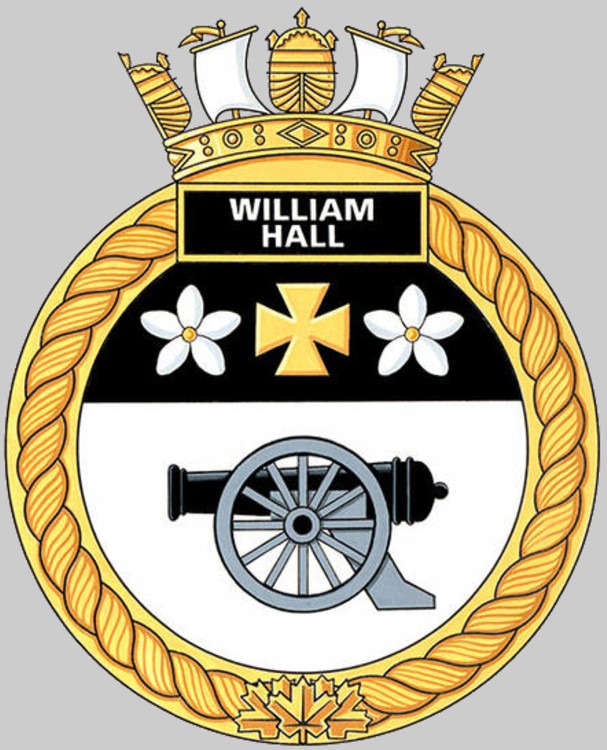 |
||
|
|
seaforces.org
|
Royal
Canadian Navy start page
| |
